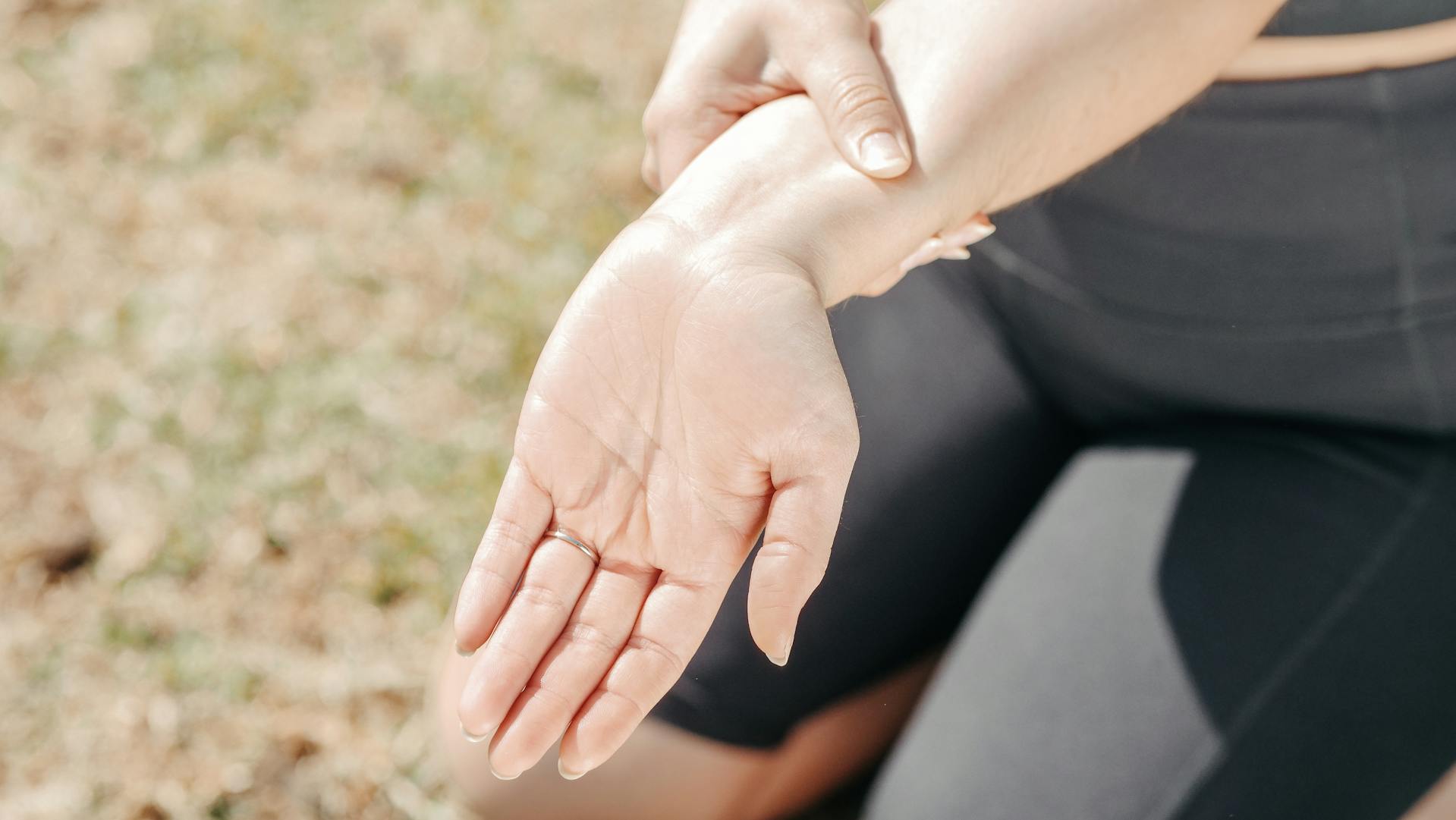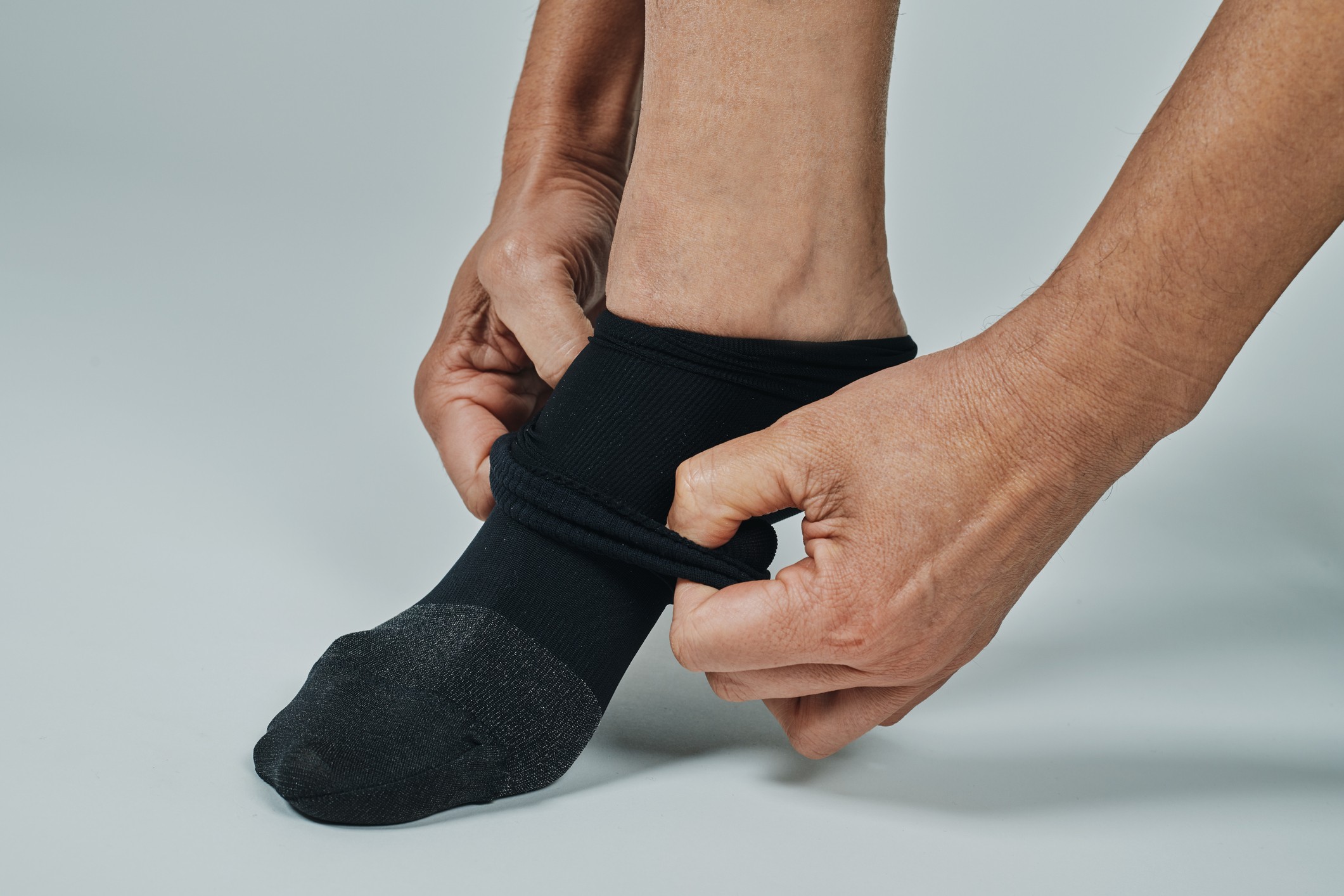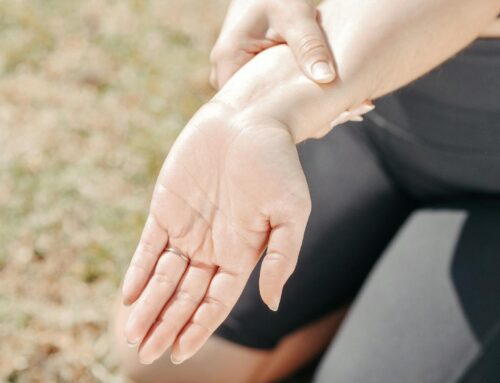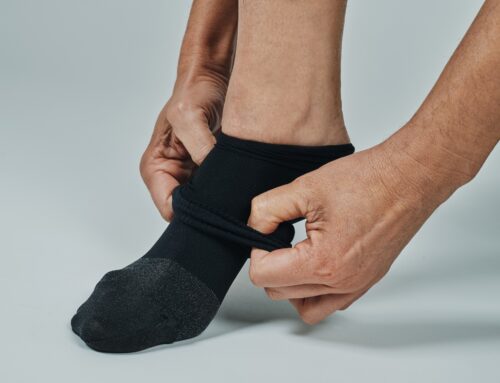Our ankles are the foundation for our mobility. They act as shock absorbers, propel us forward, and help maintain balance. But these remarkable joints are also vulnerable to injury. In fact, ankle sprains are one of the most common musculoskeletal injuries, affecting millions of people each year. A twisted ankle can be incredibly painful and disruptive, sidelining you from activities you love and impacting your daily routine. But the good news is that ankle injuries are largely preventable. By taking steps to prevent ankle injuries, you can stay active, confident, and pain-free.
Support Solutions to Prevent Ankle Injuries
When it comes to protecting your ankles, you have a variety of options at your disposal.
Ankle Braces
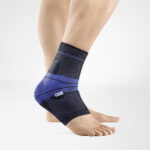
- Lace-up braces: These offer the most adjustability and support, ideal for moderate to severe ankle sprains or chronic instability.
- Strap-on braces: These are easier to put on and take off, offering mild to moderate support for ankle weakness or preventative measures during physical activity.
- Sleeves: Compression sleeves provide a snug fit to improve circulation and reduce swelling, often used for post-injury recovery or mild pain management.
Orthotics

- Redistributing pressure: They help distribute your weight more evenly across your foot, reducing stress on specific areas.
- Supporting the arch: They provide arch support for those with flat feet or fallen arches, promoting proper alignment.
- Correcting gait: Custom orthotics can address specific gait issues that contribute to ankle instability.
Orthopaedic Shoes

- Wider soles: A wider base of support improves balance and reduces the risk of rolling your ankle.
- Arch support: Built-in arch support helps maintain proper foot alignment and prevents excessive inward rolling.
- Proper cushioning: Adequate cushioning absorbs shock and reduces stress on the ankle joint.
Choosing the Right Support for You
While the options for ankle support are plentiful, navigating the best choice for you requires some consideration. Consulting a healthcare professional, like a Chiropodist or Physiotherapist, is crucial. They can assess your individual needs, activity level, and any existing injuries to provide personalized recommendations.
Here’s a quick overview of factors to consider when choosing your ankle support solution:
Ankle Braces
- Injury type and severity: A severe sprain may require a more rigid lace-up brace, while a mild strain might benefit from a strap-on brace.
- Desired level of support: Consider how much stability you need – a snug compression sleeve for mild discomfort or a more supportive brace for preventing reinjury.
- Activity level: For high-impact activities like basketball, a lace-up brace offers maximum support, while a sleeve might suffice for low-impact activities like walking.
Orthotics
- Foot type: Flat feet or high arches benefit from different orthotic designs to provide optimal support.
- Arch height: Knowing your arch height helps determine the appropriate arch support level in your orthotics.
- Biomechanical issues: If you have specific gait abnormalities contributing to ankle instability, custom orthotics can address those concerns.
Orthopaedic Shoes
- Activity: For activities requiring maximum stability, choose shoes with wider soles and enhanced arch support. For everyday wear, prioritize comfort and proper fit.
- Comfort: Well-fitting shoes are essential for long-term use and preventing further discomfort.
- Fit: Properly fitted shoes ensure optimal support and prevent slippage, which can lead to ankle injuries.
This is not an exhaustive list, and a healthcare professional can provide tailored guidance based on your specific situation.
Additional Tips for Ankle Protection
Protecting your ankles goes beyond just external support. Here are some additional strategies to keep your ankles strong and healthy:
Strengthening Exercises
Stronger muscles around your ankle joint provide better stability and shock absorption, reducing your risk of injury. Exercises that target the calf muscles, peroneal muscles (on the outside of your ankle), and overall ankle range of motion are crucial. Consider incorporating these exercises into your regular routine.
Proper Warm-up and Cool-down
Don’t underestimate the power of a good warm-up and cool-down! Before any physical activity, engage in dynamic stretches that prepare your muscles for movement. This could include leg swings, lunges with twists, and ankle circles. After your workout, static stretches that hold each position for 30 seconds will help improve flexibility and reduce muscle soreness.
Mindful Movement
Be aware of your surroundings! Uneven surfaces, loose gravel, or poorly lit areas can all increase your risk of a misstep. When walking or running outdoors, pay attention to the terrain and adjust your pace accordingly. Additionally, choose appropriate footwear for different activities. Hiking boots provide superior ankle support for uneven trails, while running shoes prioritize flexibility and cushioning for paved surfaces.
Other Ankle Injury Culprits
Uneven surfaces are a well-known risk factor for ankle injuries, but they’re not the only culprit.
- Muscle fatigue
When your leg muscles are fatigued, they become less effective at supporting your ankle joint. This can increase your risk of rolling your ankle, especially during prolonged activity. - Improper footwear
Shoes that lack proper support or are worn out can contribute to ankle instability. Ensure your shoes fit well, have adequate cushioning, and provide the necessary arch support for your activity. - Neglecting old injuries
If you’ve had a previous ankle sprain or injury, it’s more susceptible to future sprains. Consider wearing an ankle brace for additional support during activities that put stress on your ankles. - Tightness and inflexibility
Limited flexibility in your calves, ankles, and hamstrings can restrict your range of motion and increase the risk of awkward landings or missteps. Regularly incorporate stretches into your routine to improve flexibility and ankle mobility.
Gearing Up for Different Activities
The type of activity you participate in can influence your risk of ankle injuries and the most appropriate form of ankle support.
- Basketball: High-impact activities like basketball demand maximum ankle stability. Consider lace-up braces for optimal support and choose court shoes with good ankle support and shock absorption.
- Running: Running puts repetitive stress on your ankles. Opt for well-cushioned running shoes with good arch support to absorb impact. If you have a history of ankle injuries, consider consulting a healthcare professional about orthotics for added support.
- Hiking: Uneven terrain on hikes increases the risk of rolled ankles. Choose hiking boots with high tops and good ankle support. Consider adding ankle braces for extra security, especially on challenging trails.
- Everyday Activities: Even daily activities can lead to ankle injuries. Supportive shoes with proper arch support are crucial for everyday wear. If you experience pain or discomfort, consult a healthcare professional to discuss orthotics or other support options.
Healthy ankles are the foundation for an active and fulfilling life. By taking proactive steps to protect your ankles, you can prevent injuries, improve your performance, and keep exploring the world with confidence.
Don’t wait for an injury to sideline you.
Share This Story, Choose Your Platform!
Table of Contents
We specialize in orthotics, body braces, and compression wear tailored to your unique needs in Toronto. Reach out to us at info@caremed.care or call 416-782-5353 to book your fitting and consultation.
Experience the difference of customized solutions designed just for you.



